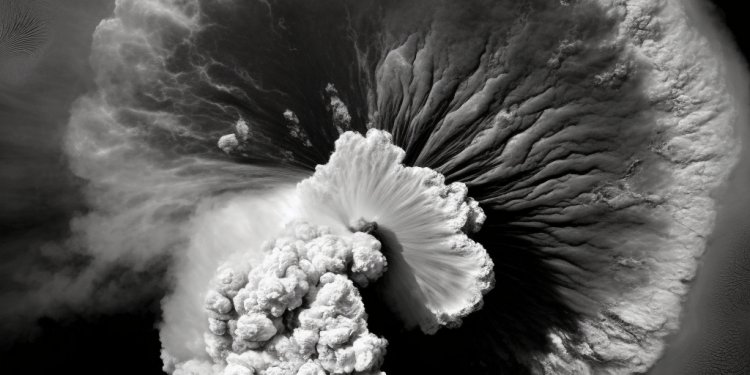
The world seems to be warming more rapidly than scientists predicted. Apart from human activity and the El Niño, here’s what else could be influencing the change
by David Bass
August 13, 2023
There can be no doubt that the impact of human activity, such as the continued burning of fossil fuels and deforestation, has been the driving factor in the process of global warming that is generating a very real climate crisis.
Worryingly, it seems that global warming may be happening faster than predicted. Figures show that since 1980, the average rate of increase in temperature has increased massively compared to previous rises measured since 1880.

In fact, the Earth has been warming up so much faster than expected that researchers have been exploring the potential influence of factors other than human activities and the “El Niño.”
“What we are seeing is more than just El Niño on top of climate change,” said Carlo Buontempo, Director of Copernicus.
So, what are some of the other factors to be considered separate from human activity and the El Niño?
Changes to Shipping Pollution
Ironically, new rules to cut air pollution from shipping may be impacting the rise in temperatures. Shipping pollution can give off particles that react in clouds reflecting sunlight – actually cooling the climate and masking some warming.
The new rules, introduced in 2020, have cut these particles by 80%. Despite cleaner and less harmful emissions from ships, the decrease in the overall reflection of light might actually contribute to global warming.
Volcanic Activity
Volcanic activity could also provide an explanation. Last year in January a large undersea volcano erupted, with astonishing force.
This volcano, named Hunga Tonga-Hunga Ha’apai, is an undersea volcano in the South Pacific. Its eruption was the biggest atmospheric explosion to be recorded by modern instruments, and the cloud it generated could be seen from space.
This eruption could be a factor in the increase in world temperature as the explosion sent an estimated 165 million tonnes of water into the air. As vapour, this water acts as a greenhouse gas trapping heat, according to Margot Clyne, University of Colorado climate researcher.
However, apart from this occurrence, it is unlikely that regular volcanic eruptions could be a significant factor in global warming – it is estimated that human activity releases 100 times more carbon into the atmosphere than all the volcanoes in the world combined.
“Climate change and El Nino can explain it all”
Despite these occurrences, there can be little doubt that human activity is the main factor behind climate change. The scientific consensus, as underlined in the IPCC Fifth Assessment Report, is clear:
“Human influence on the climate system is clear, and recent anthropogenic emissions of green-house gases are the highest in history. […] Warming of the climate system is unequivocal, and since the 1950s, many of the observed changes are unprecedented over decades to millennia.”
In conclusion, it looks as if human-caused climate change combined with a boost from the El Nino effect can explain recent temperature rises.
As University of Pennsylvania climate scientist Michael Mann explains: “Five-sixths of the recent warming is from human burning of fossil fuels, with about one-sixth due to a strong El Nino.”
Other factors may be present, but not to the extent of these two main contributors.
“Climate change and El Nino can explain it all,” Imperial College of London climate scientist Friederike Otto said. “That doesn’t mean other factors didn’t play a role. But we should definitely expect to see this again without the other factors being present.
Subscribe to our newsletter.
This article was originally published on IMPAKTER. Read the original article.

